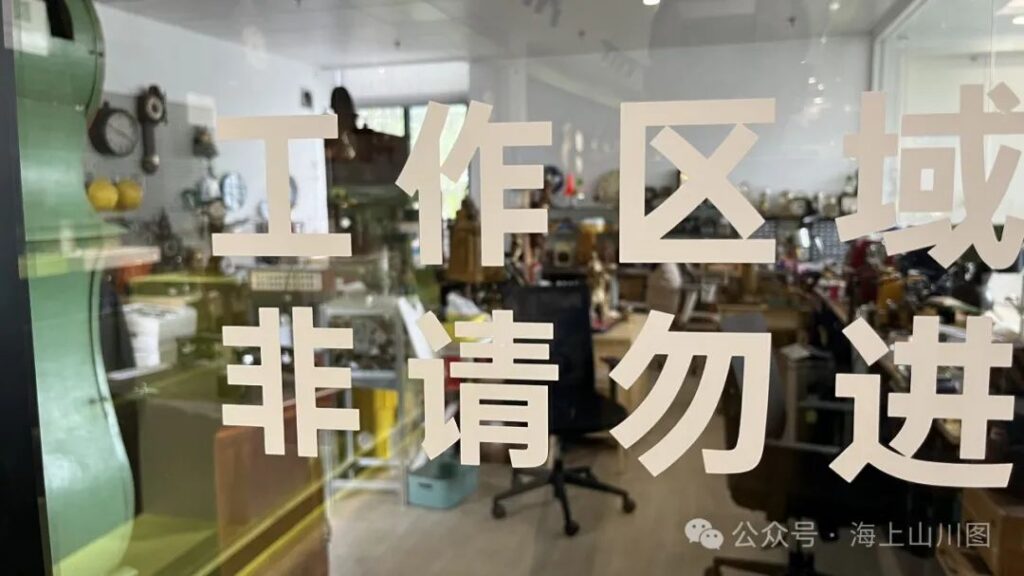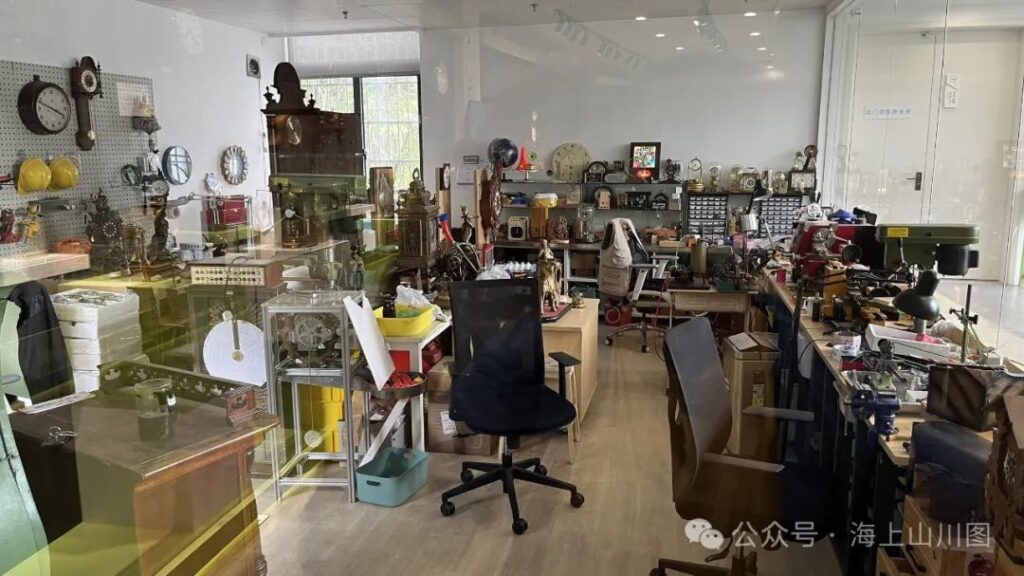The Dalai Time Museum is nestled within the Anting Civic Plaza, which was originally Anting Park. In June 2003, the park was transformed into an open plaza and green space. The museum is located in the northeast corner of the plaza, sharing a curved two-story lakeside building with other public institutions such as the Anting Town Community Party and Mass Service Center. Surrounded by trees, the museum enjoys an open view.
The Dalai Time Museum was established in 2016 and underwent a three-year upgrade from 2019 to 2021. After the renovation, the museum’s area expanded from 400 square meters to 1,500 square meters, significantly increasing its collection.

The museum’s name and establishment are closely tied to Mr. Li Dalai. A native of Shanghai’s Anting Town, Mr. Li was passionate about collecting clocks. In 2016, at the age of 83 and after 70 years away from his hometown, Mr. Li donated his collection of antique clocks to the Anting Town Government. After several months of preparation, the Dalai Time Museum was inaugurated at Anting Civic Plaza, offering free admission to the public.
Even before entering the museum, visitors can see an array of uniquely designed miniature clocks through the glass windows. These miniature clocks, mostly around 10 centimeters in size, take various forms including vehicles like cars, motorcycles, bicycles, tractors, bulldozers, and airplanes, as well as other objects such as scales, cameras, electric guitars, and animals like lions and rabbits.

I was immediately captivated by these small, distinctive timepieces. Inside the museum, besides the miniature clocks displayed along the windows, there are also several larger exhibits. These include devices demonstrating the principles of mechanical clocks, vintage gramophones, self-playing pianos, automated accordions, self-playing violins, and large music boxes.
These century-old items have long since disappeared from daily life. However, viewing these antiques still evokes admiration for the ingenuity of our ancestors and gives visitors a tangible sense of the passage of time.



In addition to these larger exhibits, the exhibition hall is filled with various types of mechanical clocks. The museum showcases a large collection of cuckoo clocks, Kit-cat clocks with swinging eyes and tails, miniature clocks featuring Coca-Cola elements, Disney miniature clocks, rolling eye clocks, six-man clocks, and seven-man clocks.
Cuckoo clocks originated in Germany’s Black Forest region, emerging as an offshoot of the family-based clock-making industry in the mid-17th century. Franz Anton Ketterer is generally credited with inventing the cuckoo clock in 1730.
The people of the Black Forest pioneered the cuckoo clock industry, introducing new designs and technical improvements that made cuckoo clocks influential art pieces worldwide. In the cuckoo clock section, visitors can admire many intricately designed cuckoo clocks and even activate some of their mechanical devices to experience the charm of their timekeeping.

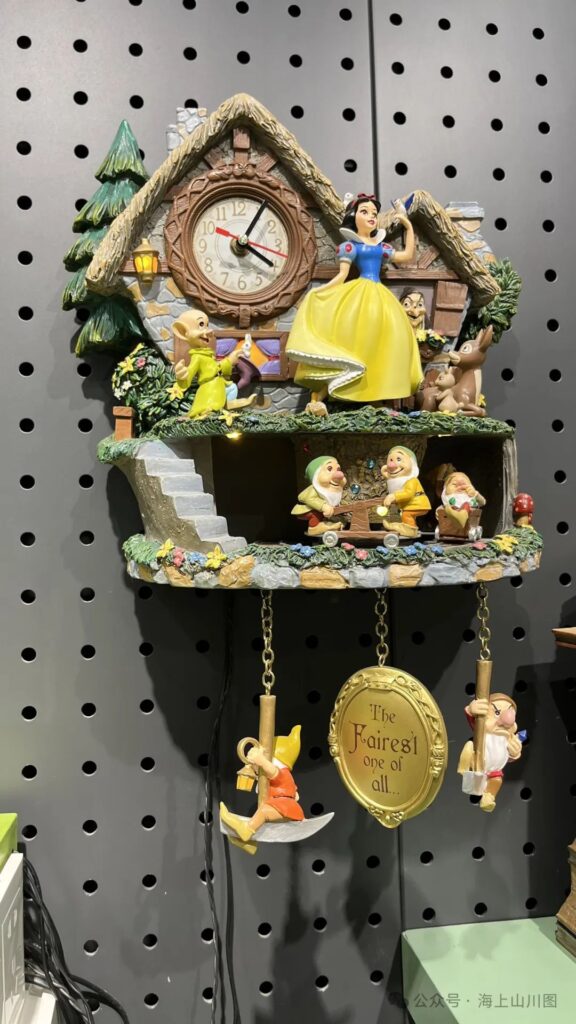

Six-man and seven-man clocks are automaton clocks with moving figures, handcrafted using brass wire that is twisted, melted, and welded. The components are interconnected through levers and cranks, causing the stick figure-like characters to sway back and forth, push and pull, or stand up and squat down, as if they are powering the clock’s movement.
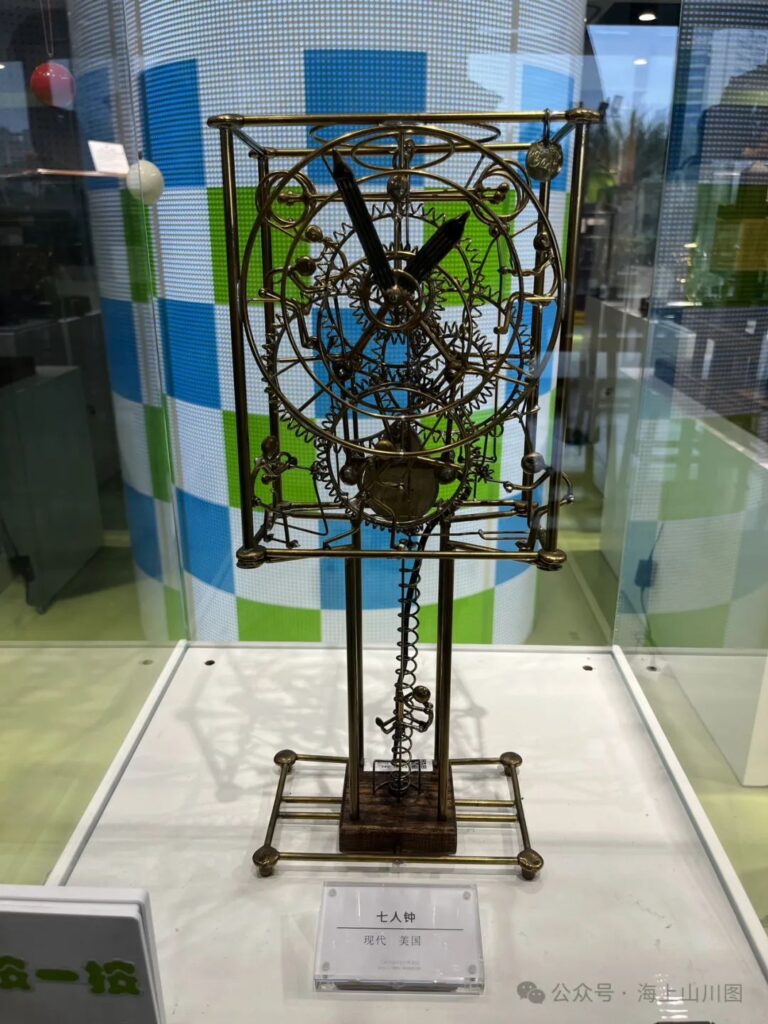

The second floor of the museum displays an even more dazzling array of clocks, overwhelming visitors with their variety. The intricate craftsmanship, exquisite designs, and clever concepts make these mechanical clocks not just timekeepers but also works of art and carriers of different cultures. Due to time constraints, I only briefly toured the second floor, but a thorough examination would require one to two hours. This small but beautiful museum is certainly worth visiting.

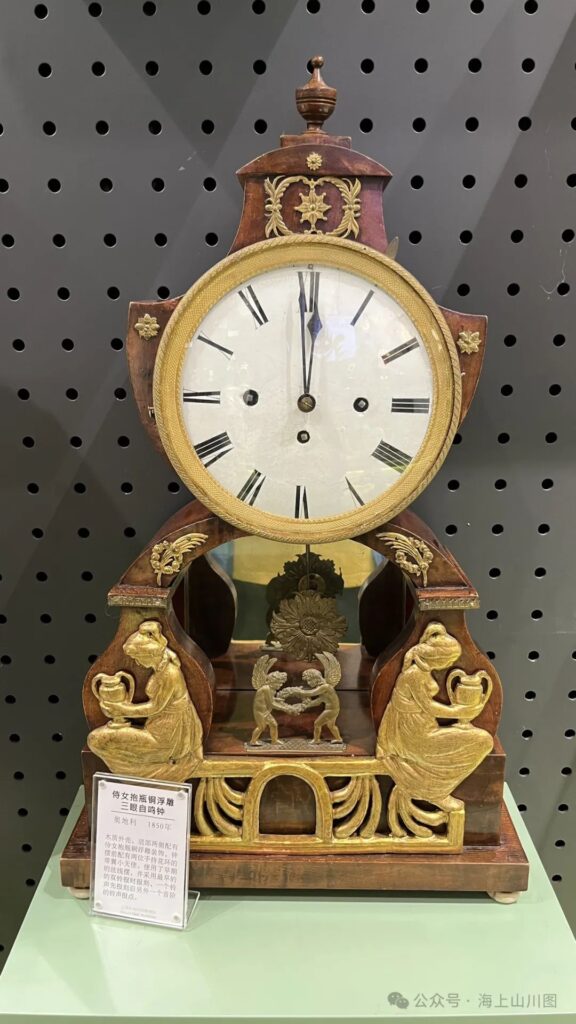

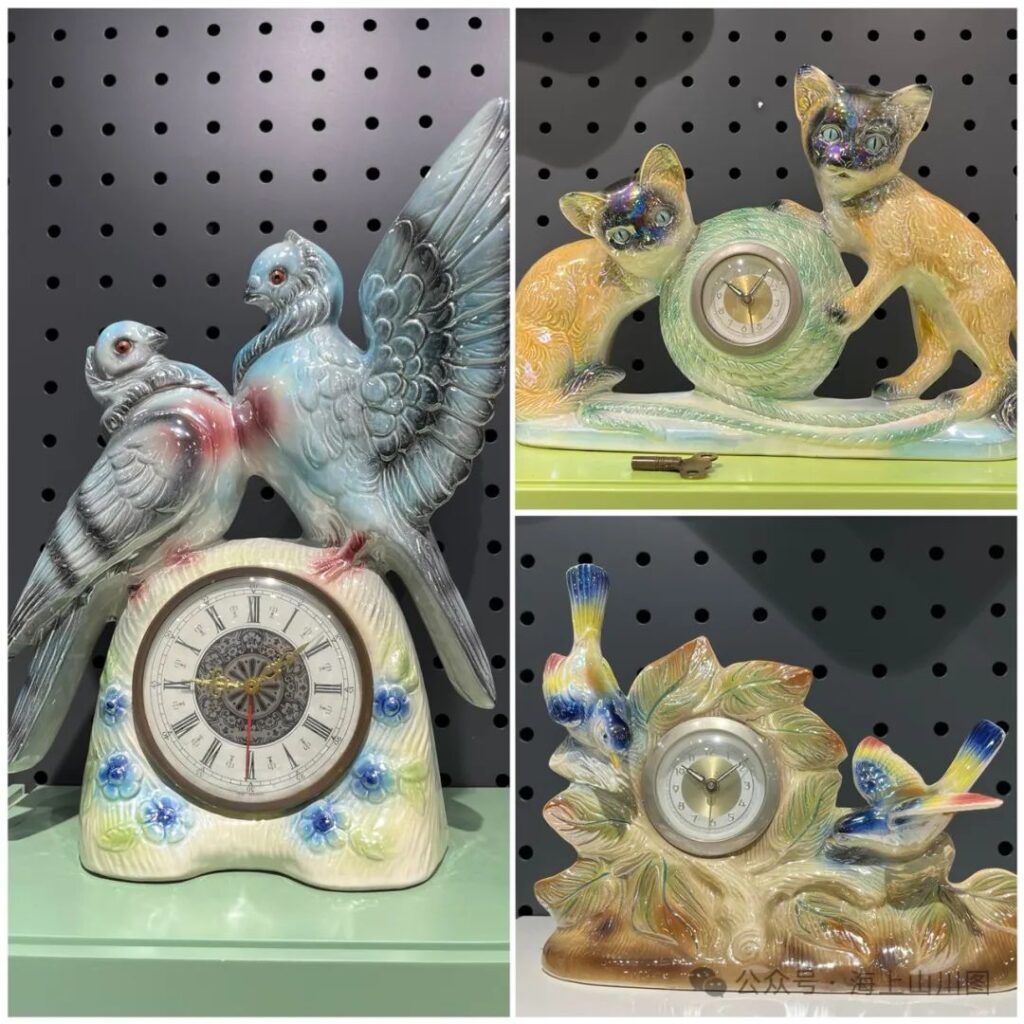


The second floor also houses a workshop where clocks are maintained and restored. Through glass windows, visitors can see numerous workbenches and equipment. The museum reportedly organizes clock-making experience activities for children and teenagers. Volunteers are also available to provide guided tours, offering interested visitors the opportunity to learn more about the principles and stories behind these clocks.
